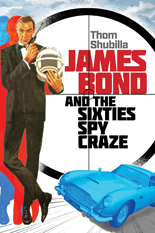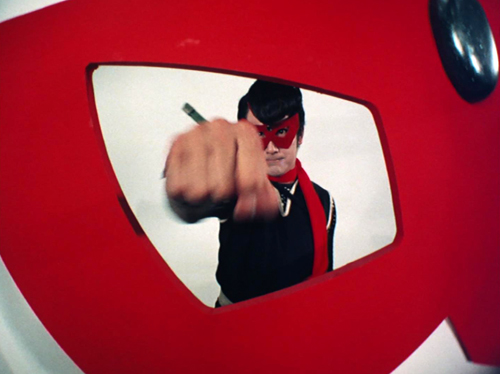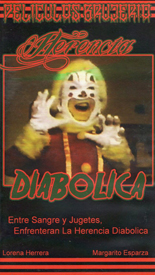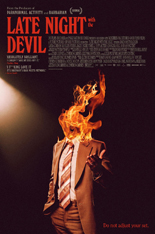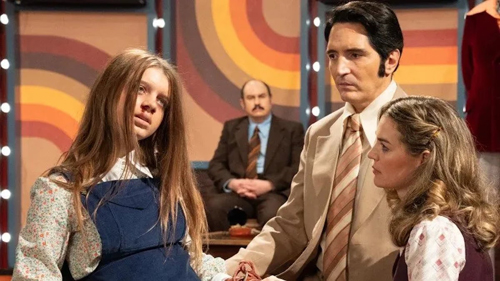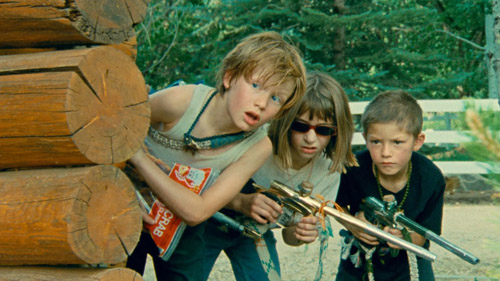
As George Lazenby’s 007 opined in 0n Her Majesty’s Secret Service, the world is not enough. Neither is the new book James Bond and the Sixties Spy Craze, although it gets close.
Written by Thom Shubilla (Primetime 1966-1967), the handsome hardback from Applause tracks the wannabes, never-weres, knockoffs, one-offs and other Bondy-come-latelys proliferating after the worldwide moviegoing public gave a hearty “yes” to 1962’s Dr. No.
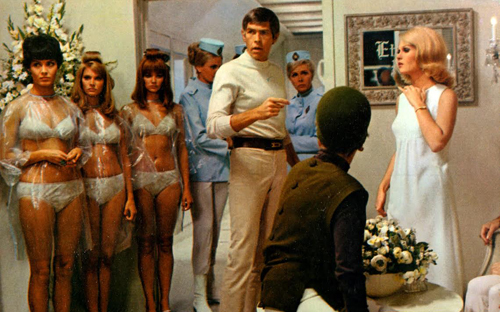
Rather admirably, the book gives overdue attention to those cinematic spies of comparatively short shrift — many colorful and comical — from Matt Helm and Derek Flint to Harry Palmer and Bulldog Drummond. Even better, Shubilla doesn’t stop there, devoting later chapters to the Mexican and European also-rans (including Sean Connery’s own sibling, Neil, in Operation Kid Brother), as well as television. It’s thorough enough, you may cry U.N.C.L.E.
But all this comes after the author spends nearly 50 pages introducing us to Bond, James Bond. While I get the need to set the table, 007 could be handled in the introduction, since we’re not told anything new — unless you count Lazenby’s aforementioned quote erroneously attributed to Connery.
Sixties Spy Craze reads like a Wikipedia page, for both good and ill, meaning it’s packed with facts, but lacks a narrative. For delivering pure production info, one could make the case nobody does it better. However, what’s sacrificed are Shubilla’s own viewpoint and assumed passion for this subgenre. —Rod Lott

